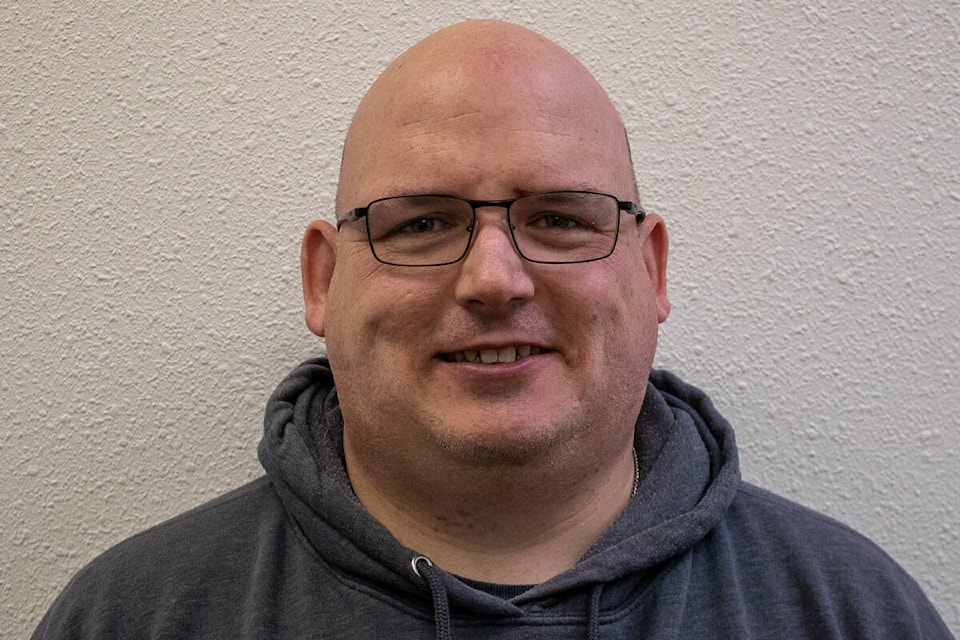Ever since I was a child, I was always taught that if I was in need of help I needed to call 911.
That one number would bring me the police, the fire department, or the ambulance.
What happens, though, if you call and no one comes?
What happens if you call and no one can come?
Sure, if you are in outlying, mountainous, rural, areas it could be excused, or even expected, to have difficulty in accessing assistance.
The same could not be expected on the streets of Calgary, or even the neighbouring communities of Airdrie or Okotoks.
One would think that with a city as large as Calgary, if someone were to suffer a medical emergency and 911 were to be called help would only be minutes away.
Unfortunately, that doesn’t appear to be the case at the moment.
After spending a significant portion of my life working in the Alberta Emergency Medical Services system (EMS) the subject matter is one near and dear to my heart and though I am no longer active on the frontline of the province’s healthcare system, it is still one I take an eager interest in.
A recently created Facebook page, the HSAA EMS page, has me gravely concerned about the state of EMS in the province.
The page, created by one of the largest healthcare unions in the province, tracks the “red alerts” in communities across the province, as well as when ambulances are dropped from service due to lack of staffing, or when ambulances are responding from their own communities to others.
An EMS “red alert” occurs when there is no ambulance available in a region to respond to medical emergencies, incidents happening far too routinely according to the Facebook page.
Not that I take everything on Facebook at face value, but I do still have contacts within the industry and the picture they paint is dire as well.
The seriousness of the situation came to a head just before Christmas when a paramedic working at an Urgent Care Centre in Airdrie suffered a fatal cardiac emergency and the ambulance dispatched to assist them reportedly took 22 minutes to arrive.
Given this particular situation, where the individual went down in a clinical setting with a significant amount of assistance available to them, it is unknown whether or not the extra time would have made a difference in the patient’s survival; but, outside of a clinical setting the result would be a foregone conclusion — the chances of survival would be slim to none at best.
In a cardiac arrest, timely intervention is vital; brain damage can begin within as little as four to six minutes of cardiac arrest.
While — proper — cardio-pulmonary resuscitation (CPR) and defibrillation can extend that window, the likelihood of survival being extended to 22 minutes in an out-of-hospital cardiac arrest setting, while possible, is still highly unlikely.
According to the HSAA EMS Facebook page, in the 24 hour period from noon, Dec. 27 to noon, Dec. 28, 2021, nearly 40 ambulance calls in Calgary alone were answered by units responding from outside municipalities as far away as Innisfail and Vulcan.
This is just a one day snap shot of what is happening in one region of the province.
The information posted to the HSAA EMS Facebook page comes directly from the members working on the frontline, so the nearly 40 ambulance calls may not even reflect the full extent of outside ambulances running calls in Calgary; there could be more.
For its part, Alberta Health Services (AHS) acknowledges that the system is under stress.
“EMS is doing all it can to ensure timely response to emergency medical situations,” stated an AHS spokesperson, via media release.
“EMS continues to see an unprecedented increase in emergency calls due to several combined factors, including the COVID-19 pandemic, opioid concerns, and emergency calls related to people returning to regular levels of activity. All call types have increased and staff illness and fatigue are also contributing to challenges in the EMS system.”
According to the release, AHS EMS is in the process of bringing on an additional 100 paramedic positions across the province as well as increasing the number of ambulances on the road.
Those additions ring hollow, however, when the union representing those on the frontline regularly publishes information regarding ambulances being pulled from service or having their service levels downgraded due to a lack of staff.
AHS is right, call volumes are up and the pandemic certainly isn’t helping that.
Under the current dispatch system, the closest available ambulance gets the call to an emergency; unfortunately, this is akin to a game of “whack-a-mole” where ambulances are pulled from further and further away to respond to the calls.
With the rural ambulances responding to calls in the cities, it is the rural communities that end up paying the ultimate price when an emergency comes in and their ambulance is away, necessitating a responses from farther away.
Even one life lost because a resource is unavailable is one too many.
I don’t know what the answer is, but I certainly know that what is being done isn’t it.
Kevin Sabo is a Black Press news reporter in Central Alberta.
